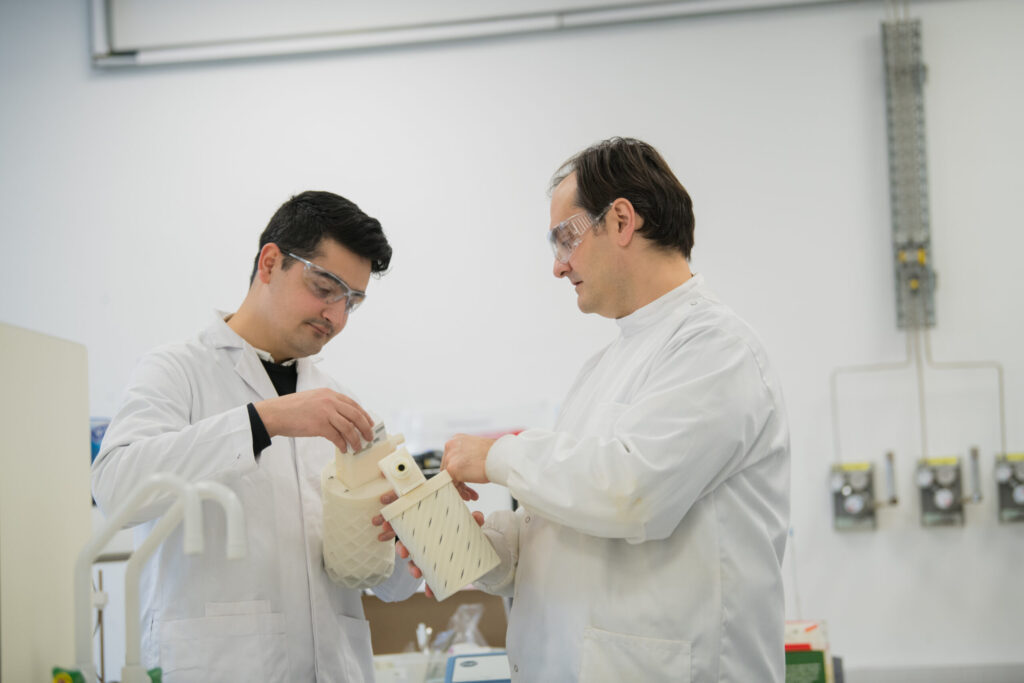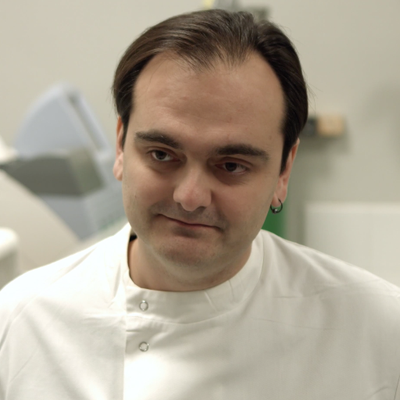This innovative device could revolutionise the way we diagnose diseases, such as the newly emerged strain of coronavirus, COVID-19.
To date, systems that diagnose from breath sampling have not proven to be reliable enough due to contamination, sample loss and variability issues.
This pioneering invention resolves reliability issues so data collected closely resembles results from lung samples taken surgically. In future the technology could be used in the diagnosis of lung diseases as well as other health issues such as diabetes, cancers, liver problems, brain and ageing diseases.
Dr Sterghios Moschos, Associate Professor at Northumbria University explains: “Our ambition is to reduce the need for bloodletting for diagnosis in its broadest sense. The research evidence that shows this is possible is well established, what is missing is the standardised and reliable approach to do so outside the research lab: in pharmacies, GP surgeries or the back of an ambulance, for example.”
“In the case of Coronavirus, temperature monitoring in airports is not sufficient. The World Health Organisation currently recommends testing nasal swabs, oral swabs and swabs from inside the lungs to avoid missing the infection. That’s why it’s vital we develop non-invasive, quick and cost-effective tests for diagnosis and screening.”
In future the technology could be used in the diagnosis of lung diseases as well as other health issues such as diabetes, cancers, liver problems, brain and ageing diseases. The impacts are wide-ranging, from the health benefits of improving reliability of testing in cases such as COVID-19, to the economic benefits of creating jobs and ultimately forming a spin-out company.





